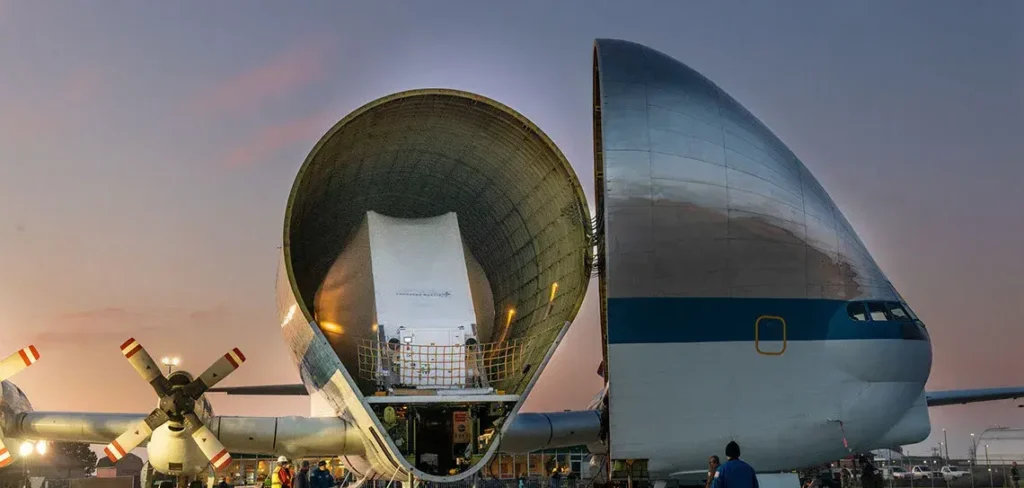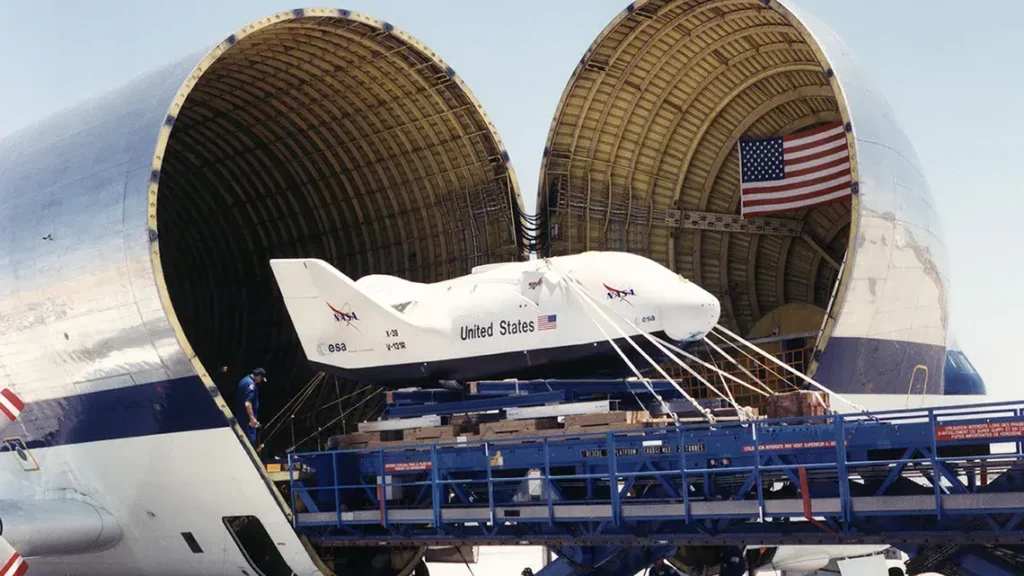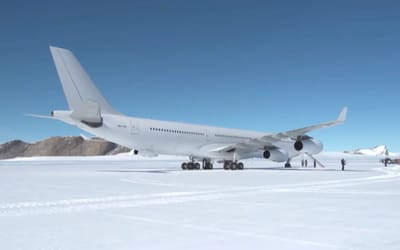NASA’s Super Guppy landing in Arizona was totally atypical
- A NASA Super Guppy made an atypical landing in Arizona
- The aircraft landed nose-first, followed by the rear wheels
- The Super Guppy also played a crucial role during the Space Race
Published on Aug 16, 2024 at 3:21 PM (UTC+4)
by Daksh Chaudhary
Last updated on Aug 16, 2024 at 3:34 PM (UTC+4)
Edited by
Tom Wood
A NASA Super Guppy recently made a totally atypical landing in Arizona.
Why this landing was special you ask? While most planes land with their rear wheels first, this Super Guppy flipped the script by landing nose-first.
This was certainly something unusual.
DISCOVER SBX CARS: The global premium car auction platform powered by Supercar Blondie
Unusual landing by Super Guppy
This unusual landing by the Super Guppy was made on March 4th as it arrived at Phoenix’s Mesa Gateway Airport.
The amazing video was captured by ABC15 Arizona.
As witnessed in the video, the rear wheels bounce on the runway, but the aircraft makes a smooth landing overall.

Some time ago, even air traffic controllers doubted whether the Super Guppy could fly at all – but here we are, witnessing the aircraft surprising us with its unique landing style.
Also, this is not the first time we have seen an unusual landing by a Super Guppy.
Some time ago, the NASA aircraft performed an odd touchdown in Alabama.
More about unusual aircraft made by NASA
Now for those unaware, the Super Guppy is a heavily modified version of the KC-97 Stratotanker.
With 111 feet in length and a large wingspan of over 156 feet, this aircraft is large enough to carry massive space equipment – we are talking about 48,000 pounds of cargo.

The aircraft’s nose makes it all the more fascinating.
It swing opens at a full 110 degrees, allowing an easy loading of massive cargo.
The Super Guppy also played a crucial role during the Space Race, transporting Saturn rocket components for NASA’s Apollo missions.
Whether we talk about its design, capacity, its unusual landing, or its role in major space missions, this aircraft has been a reliable asset for NASA.




